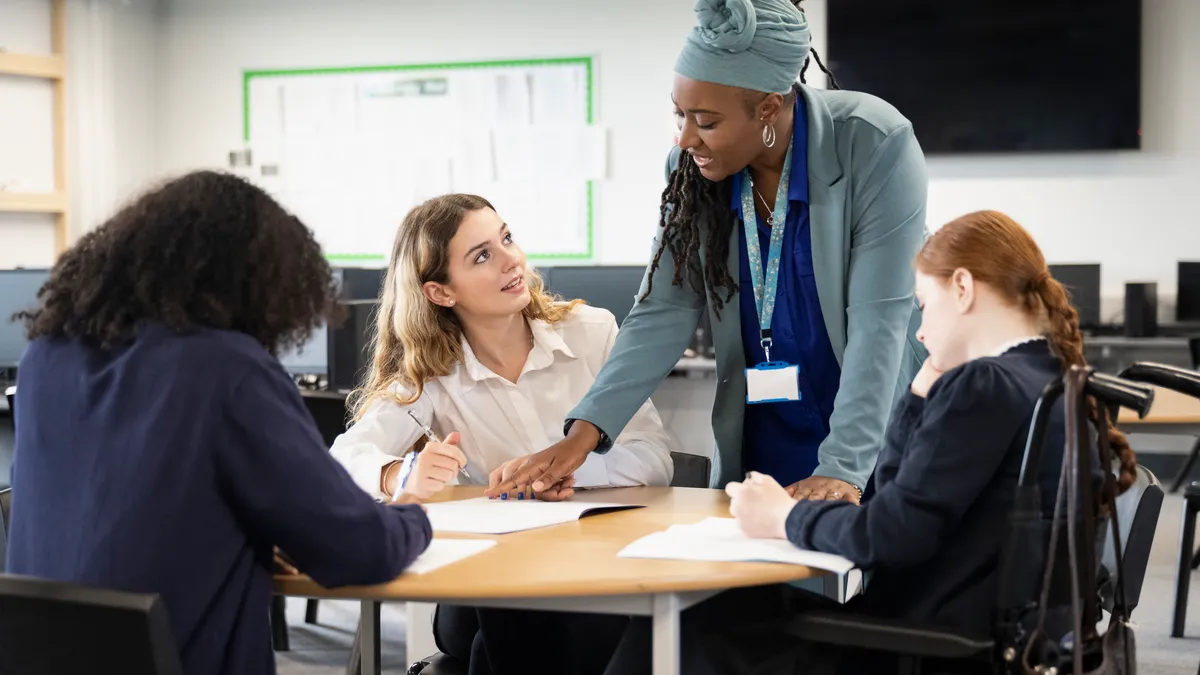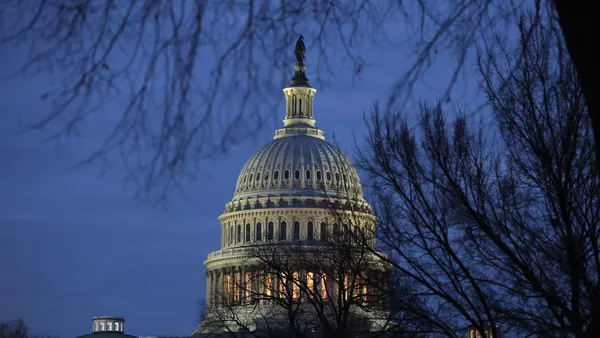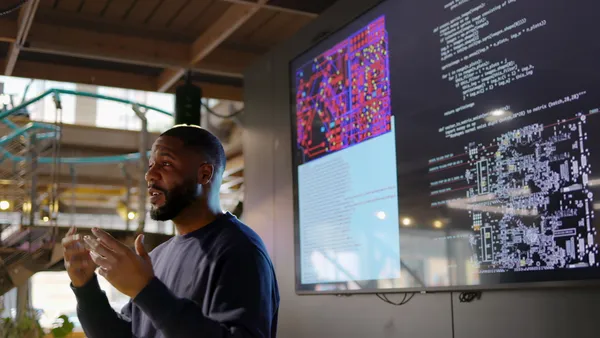Trends in American education have swung sharply over the past few generations. The relatively strict, memorization-based education that came about in the 1950s, in an attempt to be globally competitive during the Cold War, eventually gave way to a focus on equality in education and changing educational standards during the desegregation in the 1970s. The No Child Left Behind (NCLB) Act, in 2002, focused on testing to determine proficiency – especially for English Language Learners, special education students, racial minorities, and students with low socioeconomic status. This “proficiency” is often realized through teaching to the test.
In all these different iterations of schooling, one thing has been made clear: despite decades of educators’ attempts to continually optimize learning, engagement, and performance, using many different ways and methods, none of these changes have led to true improvement, especially for marginalized students1.
Rather than recognizing that true transformational change to the educational system is needed to bring all of our students to a higher level of proficiency, NCLB was replaced by the Every Student Succeeds Act in 2015, which gives states more flexibility with their accountability systems2 – but does not make any substantive changes to curriculum or learning methods.
We now have decades of data that show whether we focus on rote memorization, equality, or teaching to the test, we are still failing our students. Curriculum has not substantively changed over all this time, and it is clear that continuing to do things as we have been doing them is simply not working.
Part of the problem with traditional curriculum is that it often relies on rote memorization, independent work, and a focus on abstract ideas, which leads to a lack of engagement. This lack of student engagement frequently leads to chronic absenteeism. Students who are not present cannot learn, and cannot gain proficiency they need to succeed in their future.
Traditional curriculum also siloes high school students into two tracks: preparing for college and preparing to enter the workforce directly after high school. By keeping the deeper academic opportunities from students who are preparing for the workforce and by keeping workforce development opportunities from the college-bound students, all students are missing out on key opportunities that will help them in their future. This inequity often leads to poor school performance, and ultimately, a lack of readiness after graduation.
All this makes it clear that the traditional curriculum is not working, and is not leading to student success, despite decades of different attempts to “fix” it. There are many reasons why students are having a hard time succeeding in school. They cannot change a student’s socioeconomic status. They cannot change systemic racism. They cannot change where the student grows up. They cannot change a student’s family structure.
It is time educators have the courage to change what they can and should change – the curriculum that is taught inside their classroom, to help bridge the gap so all students can succeed in school and beyond. By choosing a career-connected curriculum that deliberately and specifically engages students in real-life scenarios and gives them something to strive towards, educators can begin to make positive changes for their students.
Pathway2Careers (P2C) provides a full Career Exploration Curriculum, which exposes students to various career options. Students learn about these careers through ongoing exploration, rather than a one-time discussion that might be relegated to a guidance counselor. There is also a Financial Literacy Curriculum, which is a topic more educators are finding important. Between the main P2C Math curriculum, the Career Exploration Curriculum, and the Financial Literacy Curriculum, students are able to truly experience real life possibilities post-graduation.
All P2C curriculums are aligned to state standards, so it is not an additional course or activity that teachers need to prepare in addition to their traditional curriculum. It is simply a curriculum that works – a radical, needed change from the traditional curriculum that we know, after decades of trying, does not work. And even though P2C Math is a core curriculum in and of itself, it is easy to seamlessly integrate it within any core or intervention curriculum.
Choosing a career-connected learning curriculum like P2C is an important step in transformational, deliberate change that will help all students succeed both in school and in the first steps of their career – regardless of their background, socioeconomic status, or region. This type of engaging curriculum is the way to finally close educational gaps so students can see their own purpose in education and their potential far into the future.
Sources:
1 https://nces.ed.gov/pubsearch/pubsinfo.asp?pubid=2020144
2 “Every Student Succeeds Act (ESSA) | U.S.” Department of Education, https://www.ed.gov/essa?src=rn. Accessed 13 May 2024.






 Dive Awards
Dive Awards




